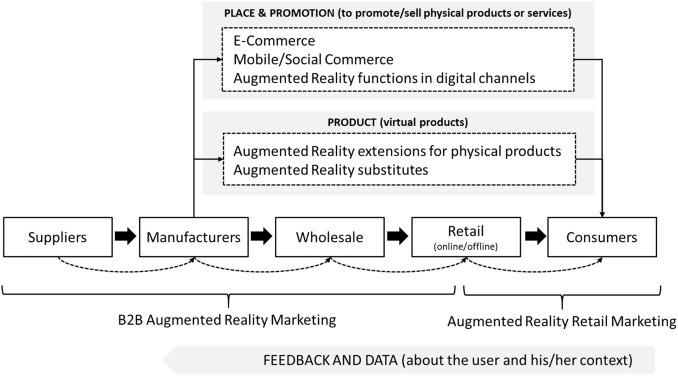Policy Frameworks Supporting Inclusive Education: Key Strategies for Effective Implementation
Inclusive education stands as a transformative approach toward achieving equity, access, and quality for all learners, regardless of their backgrounds or abilities. As societies evolve and become more diverse, robust policy frameworks supporting inclusive education have become essential for shaping educational systems that cater to every student’s unique needs. In this article, we explore key policy strategies, practical implementation tips, and real-world case studies that demonstrate how effective policies can translate into meaningful, lasting change within classrooms and entire communities.
Understanding Inclusive Education
Inclusive education refers to educational practices that ensure students of all abilities, including those with disabilities, learning difficulties, and diverse cultural backgrounds, are taught together in mainstream classrooms.It emphasizes adaptation, collaboration, and respect for diversity while fostering a supportive learning environment.
- Ensures equal learning opportunities
- Eliminates discrimination and barriers to participation
- Promotes social, academic, and emotional advancement for all students
The Role of Policy Frameworks in Inclusive Education
Solid policy frameworks are the backbone of any successful inclusive education initiative. Well-crafted policies provide legal, structural, and practical guidance for all stakeholders—educators, administrators, parents, and students. Thes frameworks address basic components such as access, participation, resources, and curriculum adaptation.
Core Elements of an Inclusive Education Policy Framework
- Clear Vision & Commitment: Articulates a firm position promoting diversity and acceptance throughout the education system.
- Legal mandate & Rights Protection: Aligns with international conventions (e.g., UN Convention on the Rights of Persons with Disabilities) and national legislation.
- Resource Allocation: Provides sufficient human, financial, and material resources to support inclusivity.
- Capacity Building & Professional Development: Invests in training teachers and staff to confidently address diverse needs.
- Collaborative Systems: Fosters partnerships among public agencies, non-profit organizations, families, and the community.
- Monitoring & Accountability: Establishes clear metrics and regular evaluation to ensure progress and improvement.
Key Strategies for Effective Implementation
Implementation takes policy vision and translates it into actionable change. Here are the most effective strategies for implementing inclusive education policies at all levels.
1. Building Consensus and Stakeholder Involvement
- Engage teachers,parents,students,and disability advocates in policy design and review.
- facilitate open communication to ensure buy-in and real understanding of goals.
2. Teacher Training and Professional Development
- Offer ongoing, practical training on differentiated instruction, Worldwide Design for Learning (UDL), and accessible classroom resources.
- Provide mentorship, coaching, and peer learning networks for teachers.
3. Adaptation of Curriculum and assessment
- Develop flexible curricula that accommodate various learning styles and abilities.
- Implement assessment practices that reflect and support diverse ways of demonstrating knowledge.
4. Resource and infrastructure Development
- Ensure schools are physically accessible and equipped with appropriate learning aids and assistive technologies.
- Allocate funding to support individualized learning plans and support staff (e.g.,resource teachers,aides).
5. Monitoring Progress and Ensuring Accountability
- Set clear targets for inclusion and use data-driven approaches to track outcomes.
- Encourage transparent reporting and community feedback.
Benefits of Robust Inclusive Education Policies
the positive impact of inclusive education policy frameworks extends far beyond individual students:
- Promotes academic success and reduces dropout rates
- Inspires empathy, respect, and social cohesion among students
- Builds more equitable and diverse communities
- Boosts teacher morale and capacity by supporting professional growth
- Ensures compliance with human rights obligations and international standards
Practical Tips for Schools and Educators
Successfully implementing inclusive education policies requires a blend of policy support and on-the-ground commitment. Here are practical steps schools and educators can take:
- Conduct Needs Assessments: Regularly evaluate the diversity of student needs to inform support and resource allocation.
- Foster Peer Support Programs: Encourage student collaboration and mentorship to promote an inclusive classroom culture.
- utilize Assistive Technology: Explore digital and low-tech aids that facilitate learning for all.
- Encourage Family Engagement: Involve parents and caregivers in curriculum discussions and individualized educational planning.
- Create Safe, Adaptable Learning Spaces: Design flexible classroom layouts and learning stations that guarantee accessibility for every learner.
Case Studies: success Stories from Around the World
1. Finland: national Commitment to Equity
Finland’s education policy is globally recognized for its inclusive approach. Every school receives substantial support for teachers’ professional development and resources for individualized instruction. Students benefit from multidisciplinary teams offering special education and social support, resulting in strong academic outcomes and minimal achievement gaps.
2. South Africa: Policy Change and Grassroots Involvement
Post-apartheid reforms led to South Africa’s Education White Paper 6, aimed at transforming classrooms into inclusive spaces. the policy introduced a continuum of supports, community outreach, and active partnerships with NGOs, showcasing the importance of integrating local context and multi-level collaboration.
3. Canada: Provincial Leadership in Inclusive Education
Canadian provinces like New Brunswick have adopted “inclusion as the default,” adjusting funding and accountability standards accordingly. Teachers are equipped with professional learning resources, and student voices are considered in decision-making processes, fostering a culture of respect and empowerment.
Overcoming Common Challenges
While policy frameworks provide a roadmap, real-world implementation may face obstacles such as inadequate funding, resistance to change, or insufficient training. Addressing these barriers requires:
- Consistent advocacy for increased investment in inclusive education
- Regular review and adaptation of policies based on field experience
- Establishing networks for knowledge sharing and peer learning
- Championing change agents within schools and communities
Conclusion
An effective policy framework for inclusive education is more than a set of guidelines—it is a commitment to building schools that serve every learner with dignity, respect, and high expectations. Through collaborative strategies, strong leadership, and continuous improvement, schools can create environments where diversity is celebrated and every student thrives. By learning from successful case studies and implementing key strategies tailored to local contexts, education stakeholders can ensure all children and youth are empowered to reach their full potential.
For more on inclusive education policy strategies and innovative solutions, subscribe to our newsletter or join the conversation below!

